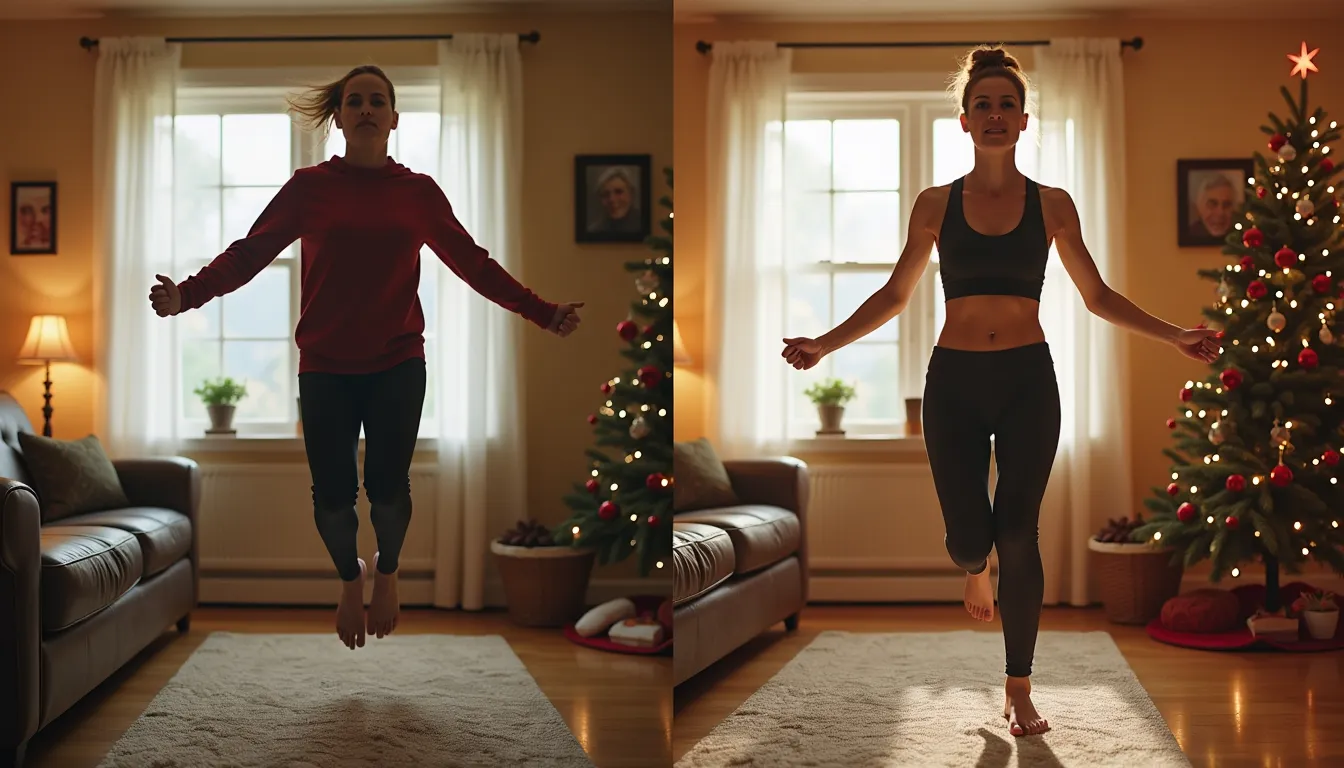Travel
Pro Sailor Alan Roura’s Secrets To Solo Travel

Roura is ready for the world’s most rigorous sailing race.
Paul Wilmot Communications
We’ve been on plenty of road trips by ourselves. We’ve even taken some cruises alone. But what sailor Alan Roura does by himself on his 60-foot Hublot Sailing yacht takes solo travel to unchartered waters. Roura is one of the few brave souls who’s completed Vendée Globe, the grueling, non-stop sailing race that covers three oceans and roughly 25,000 miles. The journey, which begins its 10th edition in November, is one of the purest tests of mental and physical fortitude in all of sports.
Since he was a child growing up along the shores of Switzerland, Roura has loved the water. But to race by himself on unforgiving waves for 100 consecutive days takes more than that. In the following chat, the skipper lists his essential travel items, talks about beating loneliness on the boat and offers tips to those contemplating any solo trips of their own.
The water is Roura’s second home.
Paul Wilmot Communications
What are some of your fondest memories about growing up around Lake Geneva?
I remember having the best view of the lake from the stern of the boat we lived on at Port Noir. The freedom to swim at any time, just out of bed, between lessons at home [was great]. We used to take the boat’s tender to do our laundry at the Eaux-Vives launderette — much faster than by car. It’s also where I made my first Optimist tacks [sailing maneuvers]. And I always enjoy coming back to sail this surprisingly complex stretch of water.
Can you remember when you fell in love with the water?
During my first Atlantic crossing, at the age of eight. We set off as a family from the South of France, after having brought our sailboat by truck from Geneva. After a few stops on the Spanish coast, the Canaries and Cape Verde, we were off for a transatlantic crossing to the West Indies. I was a bit sick at first, but I loved being on the water right away.
It was in the Canaries that I discovered the Mini Transat [yacht race] and, in Martinique, I followed [Swiss team] Alinghi’s victory in the 2003 America’s Cup. That’s what made me want to become a racer. It was a bit like love at first sight in two stages: first the sea, then racing, from the age of 10.
The Bay of Biscay is the skipper’s happy sailing place.
iStock-saiko3p
Where are your favorite places to sail?
[France’s] Bay of Biscay is my favorite playground. I’ve been sailing on it for 12 years now, so I’m beginning to know it by heart. The weather conditions there are very varied, with strong tides, lots of currents and depressions that come to finish on the coast. There are always strong wind and sea conditions, and it’s always interesting to sail there.
Cruising in the Caribbean, in 15 knots of wind, reaching, on flat water, in shorts and flip-flops is also great. It’s another kind of sailing.
For beginners who want to feel the wind and excitement, where should they go?
The best place for a shot of adrenalin remains the Deep South, the Indian Ocean and Pacific Ocean, with its long swells, powerful winds and long days alone in the world, with no other boat on the horizon. But it’s not really for beginners.
To start, Brittany, France, is perfect. This is where you learn the most about currents and tides, where you have all the “options.”
Cape Verde is another destination that’s close to Roura’s heart.
iStock-Nicolas Sanches Biezma
Explain what the Vendée Globe is to newcomers.
It’s a solo, non-stop, unassisted round-the-world sailing race. It means we’re alone on board, with no outside help on strategy, trim or morale. The only help we’re allowed is in the event of technical damage, when we can call our team for advice on what to do next.
We set off from Les Sables d’Olonne in the Vendée region [of France] and circumnavigate the globe via the three capes: Good Hope in South Africa, Leeuwin in Australia and Horn in Chile. The Vendée Globe is renowned as the toughest single-handed race and is often referred to as the “Everest of the seas.”
How do you pack for solo circumnavigation?
I carry between 250 and 300 kilos [or 551 and 661 pounds] of equipment: food, clothing, tools and replacement materials. We’re also allowed eight sails on board and have a desalination unit to make our own fresh water directly at sea. You have to think of everything before setting off for almost three months, in changing weather conditions where anything can happen.
Solo travel is on the rise. What are some tips you have for people going on a vacation by themselves?
Not to overload, but to keep a written record of the trip, to recount it, so as not to forget and to share it. Make it last.
Roura in the Big Bang Unico Hublot Sailing Team watch.
Paul Wilmot Communications
Why did you partner with Hublot watches?
Hublot has always set itself apart from the rest of the watchmaking industry by its quest for singularity, its audacity and its ability to break codes to impose its identity. I find myself very much in this way of fitting into an existing universe, in my own way. I’ve always been self-taught. I’ve built myself up on my own, while being able to draw inspiration and enrich myself from what’s being done elsewhere. I think that’s what appealed to Hublot about my profile, and why our collaboration makes so much sense today.
What can you tell me about the new Big Bang Unico Hublot Sailing Team watch?
I was really involved in the project. We were truly inspired with the boat’s design, her lines, which combine elegance and power. I’m very proud of this project.
When you’re not on the water, what are you doing for fun?
I spend a lot of time sailing and getting physically fit with my coach, so there’s not much time left for any other sporting activity. I dabble in all kinds of water sports and have recently discovered a passion for cycling.
I’m also one of those people who enjoys a good time with friends and family, which allows me to be fully focused once I’m alone at sea.










